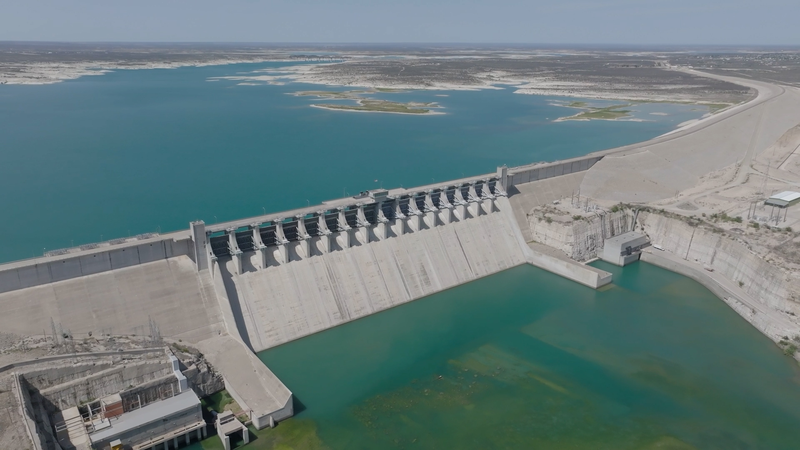Stretching nearly 2,000 miles, the US–Mexico border weaves through deserts, rivers and booming cities from El Paso to Tijuana. Today, that landscape is parched, and a long-standing water pact is under strain.
Since 1944, a binational agreement has guaranteed Mexico 1.85 million acre-feet of Colorado River water each year. But with reservoirs at historic lows—Lake Mead sits below 25% of capacity—deliveries have fallen short, fueling political friction in both capitals.
Families and farmers on both sides face tough choices. In Tamaulipas, ranchers report wells running dry, while communities in West Texas have adopted strict rationing. Health advocates warn of rising heat-related illnesses and crop failures, which could drive more people to cross the border in search of stability.
Innovation is emerging as a lifeline: Tijuana’s new water-reuse system is upcycling urban wastewater, and Texas cities are piloting stormwater capture projects. Experts say stronger cross-border coordination and investments in sustainable infrastructure could turn the tide.
As climate change tightens its grip, the US and Mexico must find common ground to share a resource that, like the border itself, belongs to them both.
Reference(s):
cgtn.com




